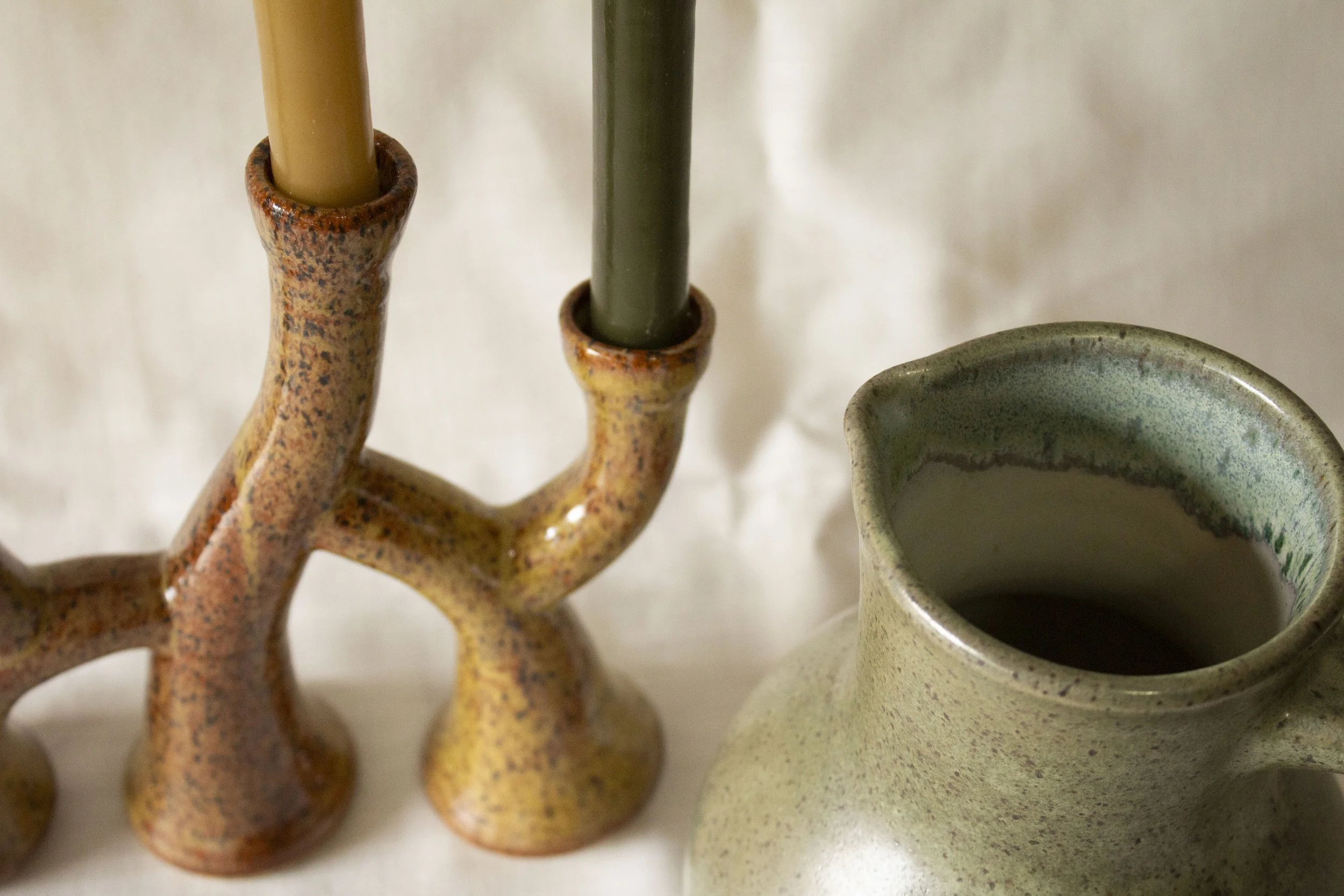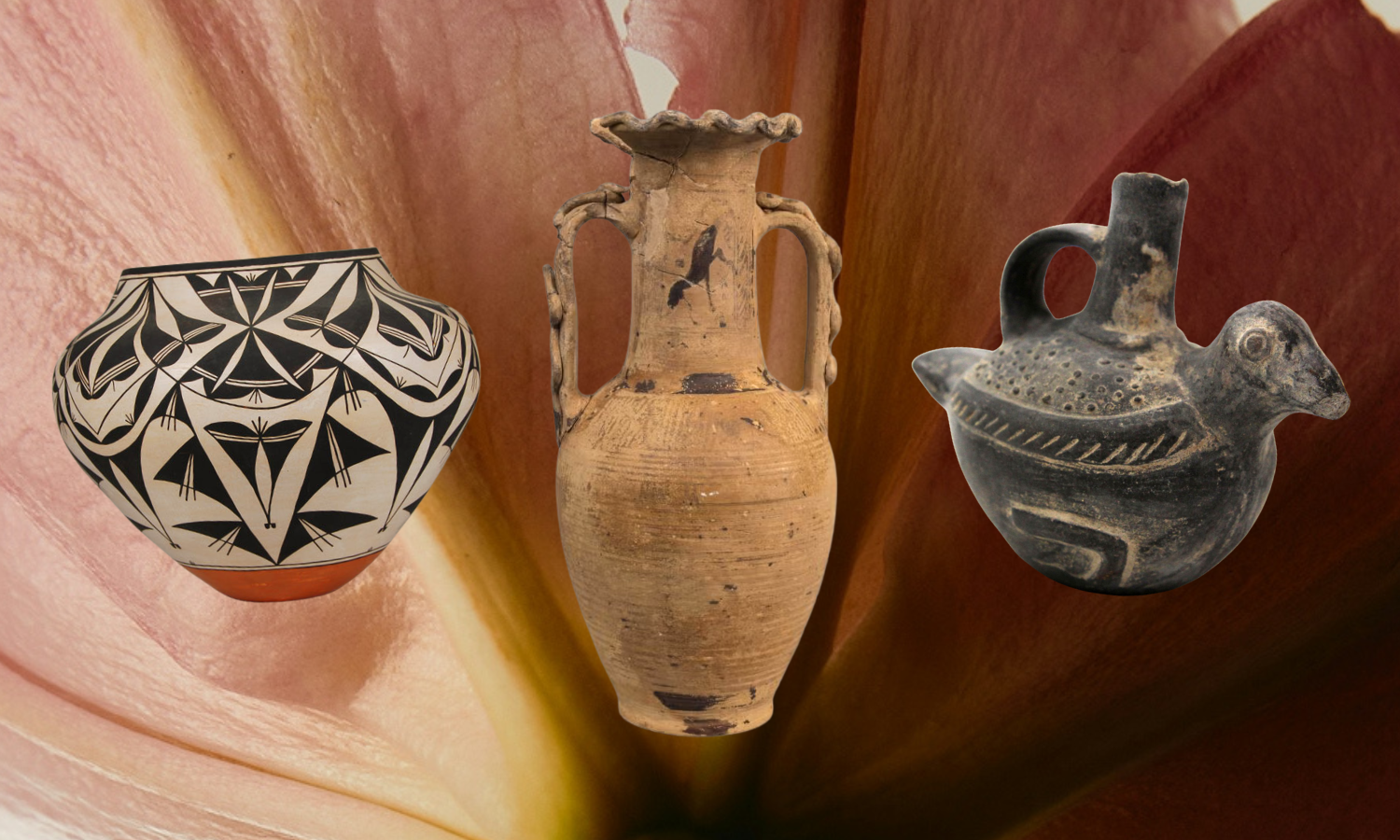Keep it Human
A Love Letter to Making Things.
Before our Local Makers Gift Guide comes out, I’ve been knee-deep in applications from artists, potters, woodworkers, weavers, bakers, and candlestick makers who all seem to have the same thing in common: a wild amount of heart. The sheer talent and drive in our small community is honestly overwhelming.
Going through their stories got me thinking about something I haven’t been able to shake: what does it actually mean to buy handmade right now?
The world feels strange lately. Too fast, a little too glossy. Everything’s optimized and “smart” and built to save us time we end up spending on screens anyway. AI can paint, write, build, and sell before most of us finish our morning coffee. The internet tells us what to like before we even know we like it, and every day it gets more accurate.
It isn’t all bad. Convenience has its place. People should still buy what they want. Sometimes that means the vase from the big box store or the mug that ships overnight to match your set. But it’s rare these days to hold something that wasn’t designed for efficiency, to feel the small pulse of something that took time to exist.
Handmade can cause the kind of friction that technology is trying so hard to sand away.
That friction is where the beauty lives. It’s in the tiny curve of a cup handle, the way glaze drips differently each time, the quiet reminder that this thing didn’t appear out of nowhere. Someone stood behind it. Someone shaped it in their image. Someone cared enough to pass something from their hands to yours.
A study from the Science Museum Group in the UK looked at thousands of everyday objects made over the past century and found that the world has literally lost color in the past few decades. The things we make now are more gray, more beige, more uniform than they used to be. From our cars to our clothes to our homes and even to our media, our surroundings are blending in. It’s hard not to see that as some bleak Orwellian metaphor.
We’re losing texture. Variation. Touch.
Buying handmade brings that back. It reintroduces difference into a world obsessed with sameness. Yes, it’s slower and sometimes it costs more. But that slowness means something. It asks us to notice. To wait. To see the fingerprints that prove a person was here. It brings back originality — a true one-of-a-kind-ness that our society has lost over time.
When you buy from a local maker, you’re helping someone pay rent down the street, not dividends across the ocean. You’re keeping creative work alive in your own neighborhood and practicing the radical and important art of building community.
Long before factories, screens, or even language, people shaped clay to hold what mattered; water, grain, and eventually, wine. Across the world, that same impulse appeared again and again. In the high desert of the American Southwest, the Ancestral Puebloans painted their pots in black and white, geometric and intentional, made for ceremony and sustenance. Half a world away, Greek artisans poured wine destined for Mediterranean trade into amphorae whose curved silhouettes still echo through modern glass bottles. In northern Australia, early makers fired earthenware along the coastline, carrying it from island to island, proof of connection long before maps. I can go on.
Everywhere, clay was the common thread. The original tableware. The first vessel for keeping, serving, and celebrating. Pottery wasn’t decoration; it was survival, ritual, and community in one. It was the act of shaping the earth into something that could hold what we loved most.
That instinct never left us. It just hides beneath the noise sometimes. But it’s still here, in the makers who stay up late at their wheels, chasing a glaze that evokes the abstract feeling of springtime, and in the ones who sand a surface smooth enough to catch candlelight. It’s the same drive that’s been in us forever: to create something lasting out of what’s right in front of us, to make beauty useful, and to use beautiful things.
So when you scroll through our Local Makers Gift Guide later this week, buy what you love. Get the thing that makes you stop for a second. But think about where it came from, who it supports, and what it means that someone made it with their own hands.
Because in a year where so much feels artificial, handmade might be the most real thing we have.
XK


